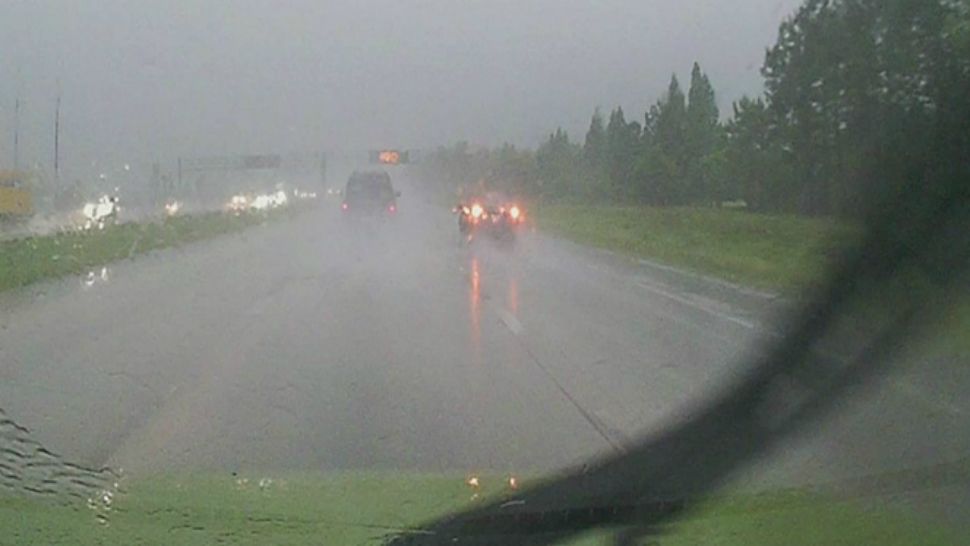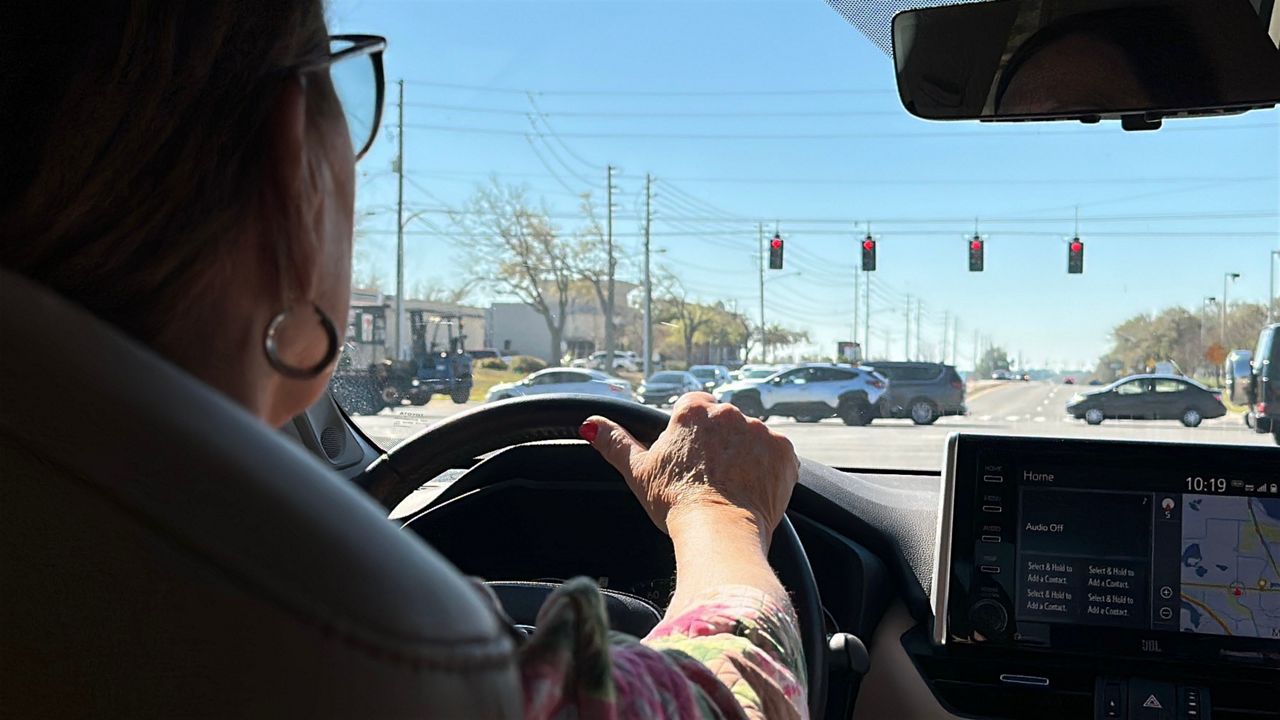Rain makes driving conditions more hazardous.
And although it might seem like a good idea to turn on your emergency lights while driving in heavy rain, don't do it.
It's illegal — and it's dangerous.
"That driver now thinks that your vehicle is stopped and may or may not take evasive actions to avoid your car," said Steven Montiero, with the Florida Highway Patrol. "Meanwhile, you are still moving, but you are telling another driver that your car is stopped in the roadway. You may be causing a crash while you think you are avoiding a crash."
The problem is, not every state follows the same law as Florida does. Some states allow it in emergency situations, and some states have no restrictions. Take a look at the rules state-by-state, via AAA.
What do we mean when we are talking about the wet season?
Maureen McCann, one of News 13's meteorologists, said the end of May is typically when Central Florida stops seeing the cold fronts come down.
"Instead, our afternoon rain and thunderstorms are driven by sea breezes off either coast," McCann said. "That tends to spark widespread thunderstorms and heavy rain. It starts in late May and continues through October."
What other tips do you need to know about for wet season?
- Check your tires.
- Avoid cruise control. It’s great for dry conditions, but when it’s raining, your chances for losing control increases.
- Use your headlights when it’s raining, but not your high-beams. You don’t want to blind other drivers, and the extra light could reflect off the rain and reduce your visibility.
- Slow down and make sure you leave plenty of room for other drivers. Slowing down can be critical to reduce your chances of hydroplaning.
"The second you start to feel that your vehicle is no longer in contract with the ground and you think you need to stop that car, we are asking you to pump the brakes," Montiero said. "There is no reason to slam on your brakes. Pump the brakes until you come to a complete stop."








